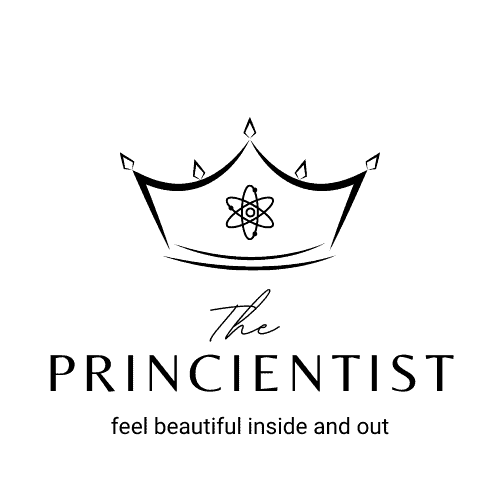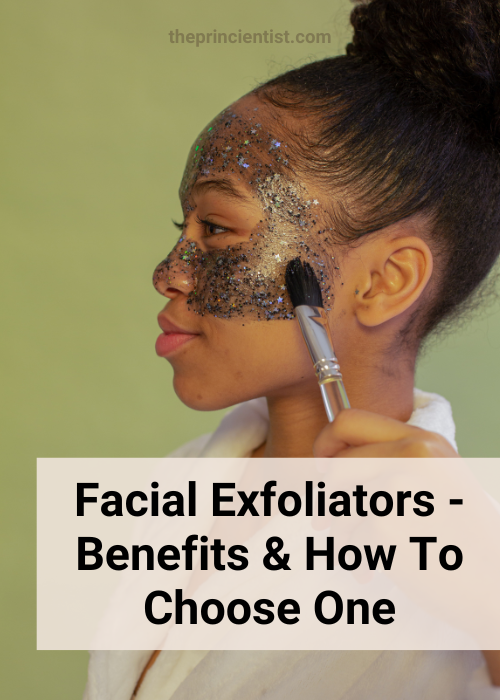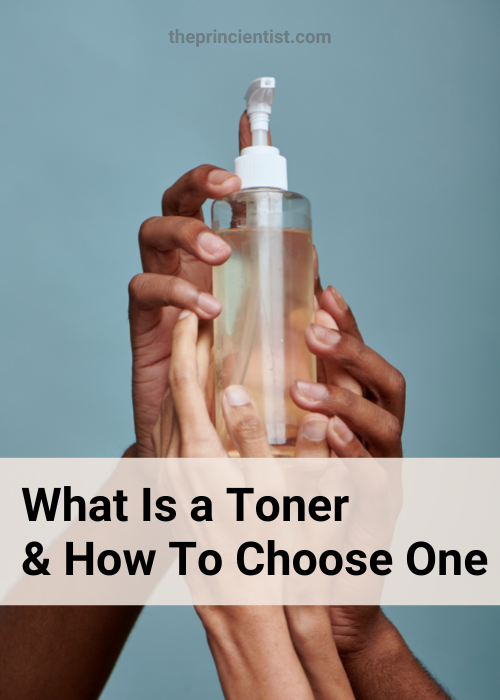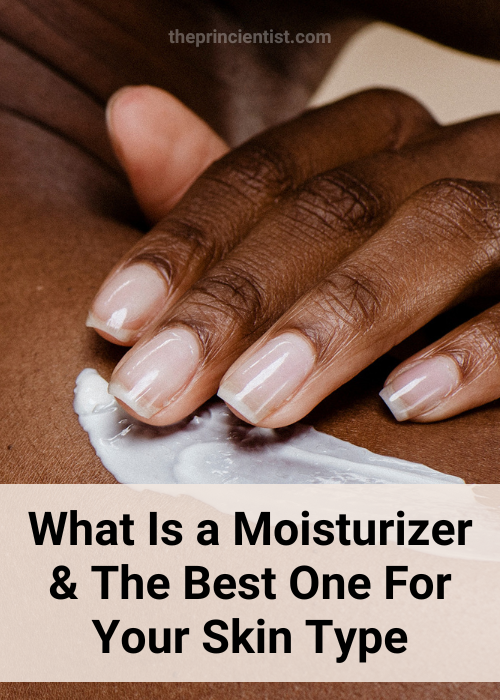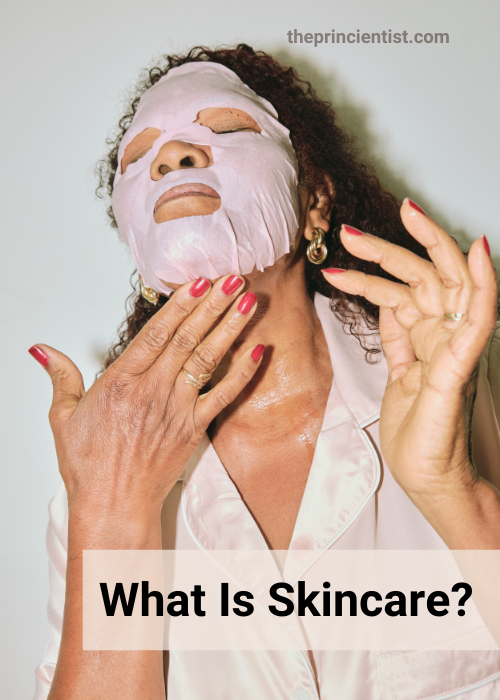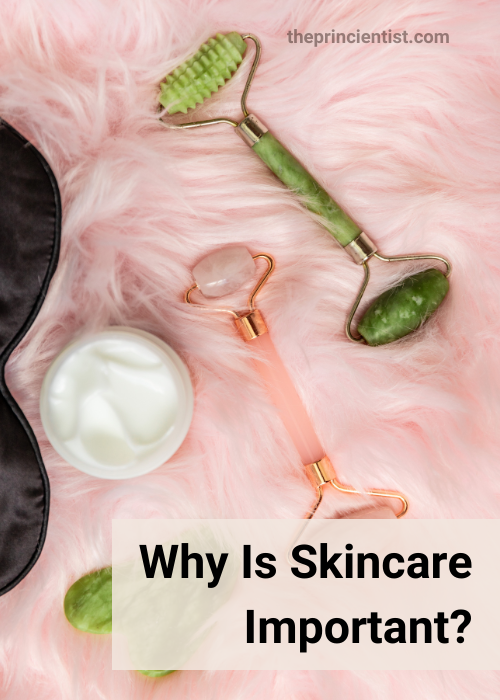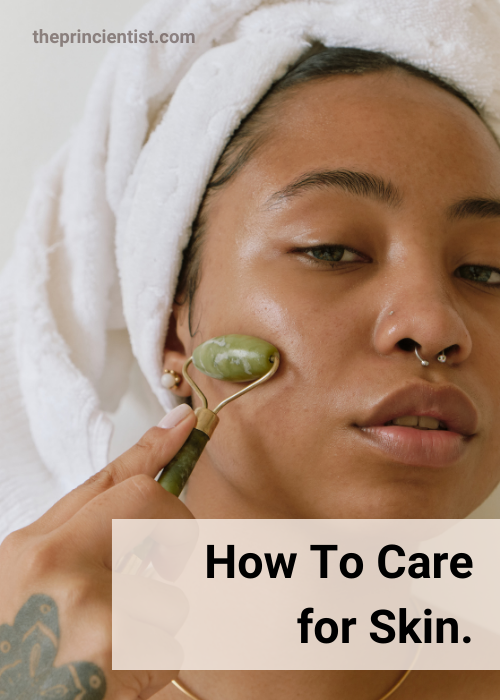Last updated on September 12th, 2025 at 03:55 pm
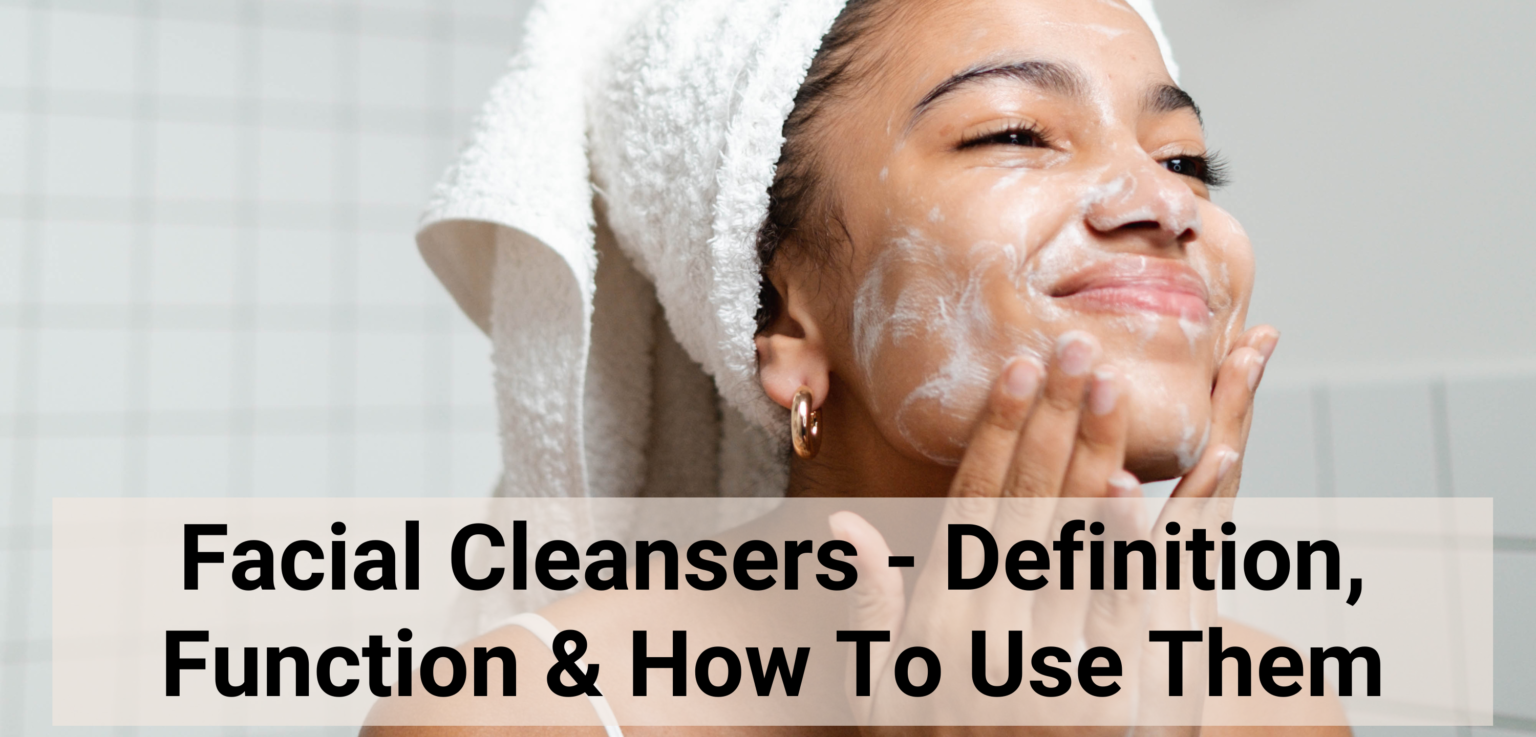
Choose The Best Product To Cleanse Your Face
You will learn what is a facial cleanser and how to use them to keep your skin healthy.
This post is a complete guide to facial cleansers.
Table of Contents:
- What is a facial cleanser?
- Why cleanse your face?
- What is the function of a cleanser?
- How does a cleanser work?
- What types of cleansers exist?
- Oil, water or clay-based cleanser? The concept of double cleansing.
- How often should you cleanse your face?
- How to choose a cleanser? Cleanser for each skin type.
- How to cleanse your face? Step-by-step.
- What to do after cleansing?
You can find all references used to write this post here.
What is a facial cleanser?
A facial cleanser is a skincare product formulated to clean your face.
Why cleanse your face?
You should cleanse your face for good hygiene and maintain your skin healthy.
Environmental impurities and cosmetic products that do not dissolve in water require a cleanser to remove them.
Cleansers are active substances that reduce dirt, sebum, and oil from cosmetic products into smaller molecules that are easier to rinse.
Dirt and microorganisms accumulate and cause disease and other skin conditions like acne breakouts.
These changes to your skin’s appearance and texture cause physical discomfort.
Psychological health is also affected when your confidence decreases.
Cleansers work effectively to keep skin healthy, clean, and fresh.
What is the function of a cleanser?
Cleansers remove bacteria, dirt, oil, makeup, pollutants, and dead skin cells from your skin.
Cleansers help to unclog pores that could otherwise cause irritation and comedones (pimples and white/blackheads).
It also prevents skin conditions like acne.
With clean skin, it is easier to apply and absorb products like face moisturizers or serums.
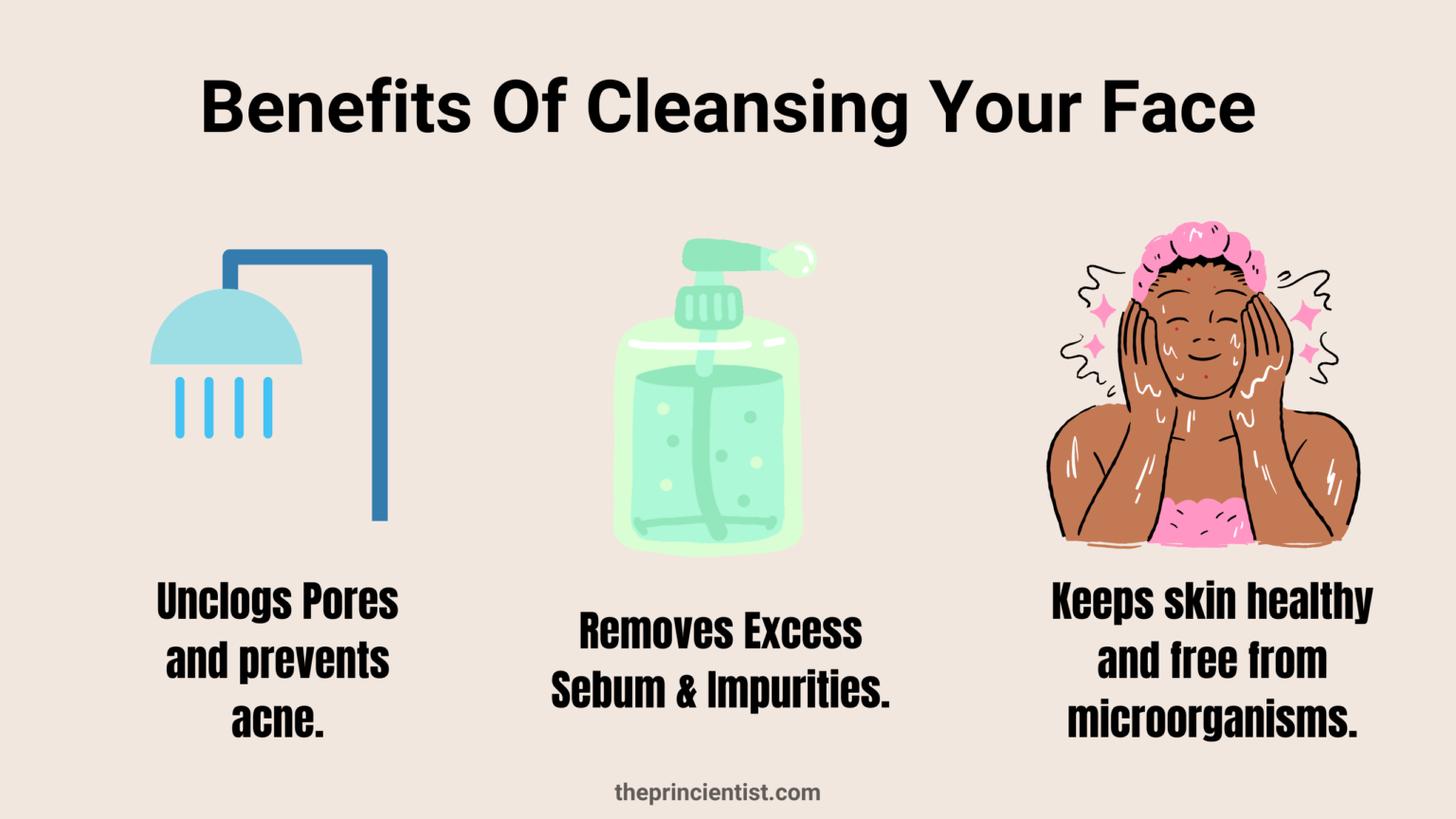
How does a cleanser work?
On your skin’s surface, different natural microorganisms live together under a balanced condition called the microbiome.
These microbes are good microorganisms that protect you from being invaded by bad and toxic microbes. They are essential for healthy skin.
A component of cleansers called surfactants cannot differentiate the lipids that compose the good microbes and the lipids that compose the bad microbes and dissolves them all.
Many cleansers wash away natural lipids in the skin, weakening or damaging the natural skin barrier, leaving it dry.
A good cleanser minimizes the effect of surfactants to wash away good lipids by adding moisturizing ingredients.
And simultaneously delivers good ingredients to your skin to improve hydration and appearance.
What types of cleansers exist?
There are 3 different types of cleansers.
Knowing the differences between them will help you choose the best products for your skin.
Cleansers can be water-based, oil-based and clay-based.
Water-based Cleansers
Water-based cleansers have water as their main ingredient and are used to remove impurities that dissolve in water like sweat and dirt.
Foam cleansers, face wash, gel cleansers, cleansing waters (micellar water), and hydrating cleansers are all water-based.
They work on the surface layer of the skin by rinsing away particles and oils.
The type of water cleanser you should use depends on your skin type and concerns.
But because the surfactants present in water-based cleansers can remove the skin’s natural oils experts agree that they are suitable for oily and acne-prone skin.
If you are not sure which cleanser works best for your skin consult a dermatologist.
Related: Water-Based Cleansers – Choose The Best One For Your Skin Type. (Coming Soon)
Oil-based Cleansers
Oil-based cleansers are formulated with oils as their main ingredients and contain surfactants.
This type of cleanser targets only oil-soluble impurities instead and does not disrupt the natural oils on the skin.
Surfactants and oils target and break down into smaller molecules the makeup, dirt, pollution, SPF, and excess sebum from your skin making them easier to remove.
They are equipped to remove all debris that a water-based cleanser wouldn’t be able to attract.
Unlike water-based cleansers, cleansing oils work not only on the skin’s surface but also clear out pores and the deep layers of the skin.
It is suitable for all skin types including combination and oily skin.
The use of oil to cleanse oily skin seems counterproductive, but in reality, the oil helps get rid of oil.
The oil on the cleanser sits on the skin surface and signals to the sebaceous glands there is enough oil on the skin reducing the excess oil production.
You may need trial and error to find the right oil-based cleanser for your skin type.
Related: Oil-based Cleansers – Who Is It For & How To Use It. (Coming Soon)
Clay-based Cleansers
Clay-based cleansers use clay as their main ingredient and contain nourishing hydrating and calming active ingredients for the skin.
This type of cleanser does not sit on the skin for long or dry like clay face masks.
With a pasty consistency, you massage them into your skin like you would a regular cleanser.
Clay’s absorbing and adsorbing properties deep clean your skin by drawing in moisture (oil) and impurities out of pores.
It cleanses, refreshes, and gently exfoliates the skin. Which can help to minimize the appearance of pores.
Due to its effective adsorbing nature and exfoliating effect, this type of cleanser is good for oily skin.
Related: All You Need To Know About Clay-Based Cleansers. (Coming Soon)
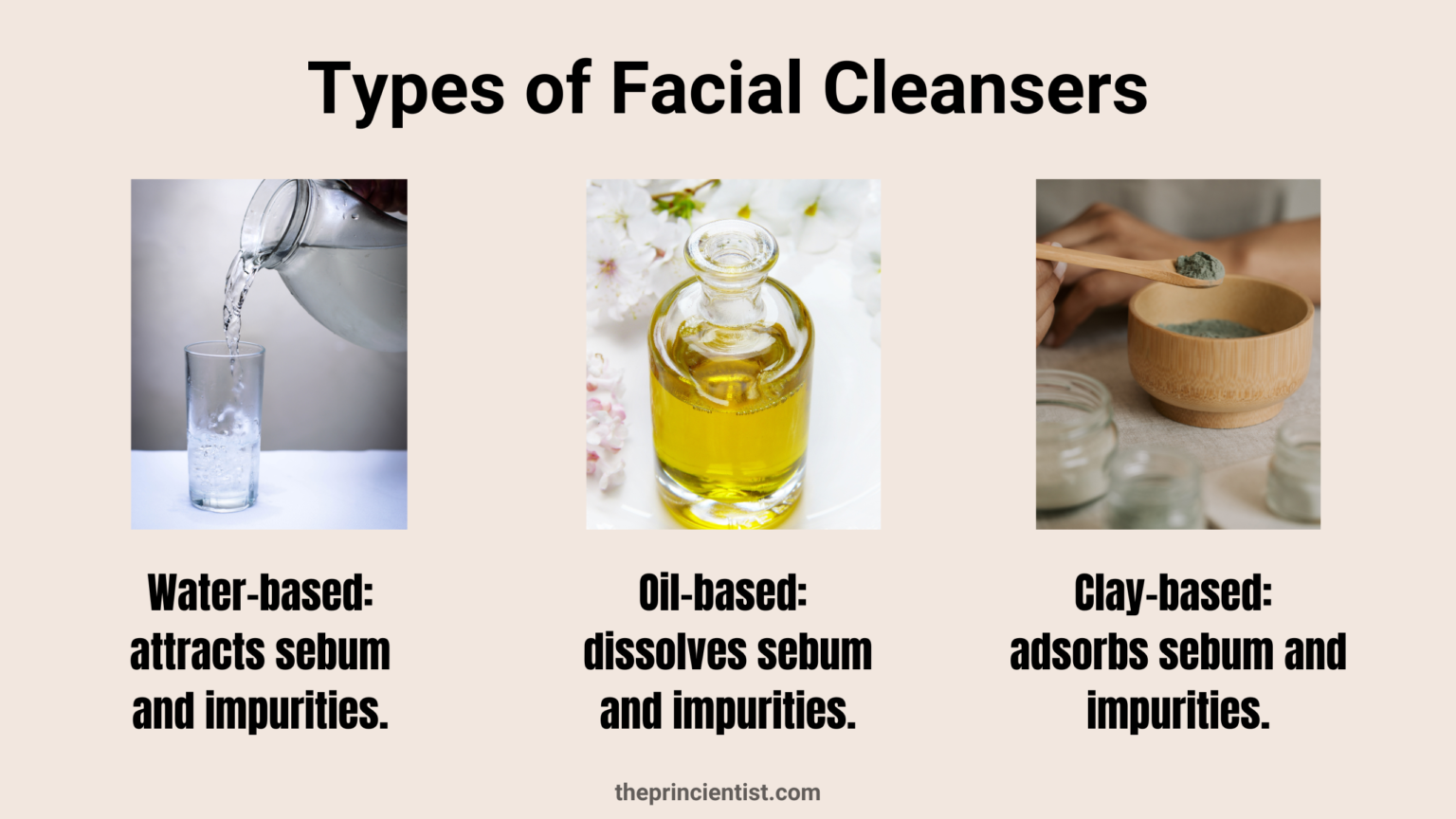
Along with these 3 types of cleansers you may also wish to use cleansing tools.
If used and sanitized correctly these tools offer a deeper, more thorough skin cleanse up to 10 times more effective than manual cleansing.
Related: Face Cleansing Tools – Pros, Cons & How To Properly Use & Wash Them. (Coming Soon)
Oil, water or clay cleanser? You don’t have to choose.
Think Double Cleansing
Double cleansing is a Korean skin cleansing method where you cleanse your face twice with two types of cleansers. You do not use the same cleanser twice.
First, with an oil-based cleanser and again with a water-based cleanser.
Alternatively, first with a water-based cleanser that contains oil like micellar water and then with a clay-based cleanser.
There are many alternatives to what cleansers to layer.
The first cleanser removes products and dirt from your skin. It helps to remove pore-clogging impurities.
The second cleanser is a water-based cleanser that washes off the skin of any dirt it may have left.
Double cleansing is usually done at night to remove daytime dirt that accumulates naturally on the skin surface and when you wear makeup.
Related: Double Cleansing – What Is It & How To Do It. (Coming Soon)
How often should you cleanse your face?
Most dermatologists agree that you should cleanse your face twice a day.
Once in the morning and once in the evening.
You should also wash your face every time you sweat.
General Guidelines:
– It is a mistake to over-cleanse or to use too much force. It will damage your skin.
– Massage the cleanser onto your damp skin for a minimum of 30 seconds.
– Avoid cleansers with granules and dirty cleansing tools like brushes and loofas that can irritate the skin.
– Melanated skin requires gentle care to avoid discolouration and scarring.
How to choose a cleanser?
Choose your cleanser according to your skin type and concerns. It may be a process of trial and error.
It is recommended that for:
Dry Skin:
This skin type lacks sebum (skin’s natural oil) causing water to evaporate from the skin.
Which is why the skin is dry.
The cleanser should contain hydrating ingredients (that add water to the skin) to wash and hydrate at the same time.
And moisturizing ingredients (that add oil to the skin) similar to those that exist naturally on the skin.
Look for humectants like hyaluronic acid and aloe vera, ceramides (moisturizer that exists naturally on the skin), and natural oils.
Cream cleansers are particularly hydrating making them a good choice for this skin type.
Wash your face with a cleanser for about 30 seconds only.
Choose a cleanser that doesn’t have alcohol or fragrance that could dry your skin.
Avoid exfoliating acids like salicylic or glycolic acids that reduce oil and will further dry out the skin.
Oily Skin:
This skin type produces excess sebum.
The skin surface has too much oil which is why it is oily.
Too much sebum accumulates in the skin with dirt, makeup and SPF.
It clogs pores and causes acne and other skin issues.
A variety of cleansers are available to you.
Water and clay-based cleansers help remove excess oil.
If you opt for one of these 2 make sure to choose an oil-free cleanser to prevent adding more oil to your skin.
A cleanser that contains acids like benzoyl peroxide, salicylic acid, and glycolic acid help to clear out and remove excess oil from your pores.
You have to be careful and verify if you are using other products with these or other acids that may not be compatible.
Alternatively, you can fight oil with oil and use an oil cleanser that dissolves the excess oils and has anti-bacterial effects.
Wash your face with a cleanser for about 1 to 2 minutes to remove excess oils and dirt.
If you suffer from any skin conditions, you might need a facial cleanser that is formulated to help combat the disease.
Adjust your haircare routine to avoid letting oils you use in your hair fall onto your face.
Normal Skin:
This skin type produces a balanced amount of sebum.
It is not oily or dry, so there is flexibility in the choice of product.
Choose a gentle facial cleanser that maintains the balance of oils in your skin.
Cleansers shouldn’t strip off the excess oil from the face nor make the skin feel dry and irritated.
Hydrating cleansers with humectants like aloe vera or glycerin are good to keep the skin smooth and healthy.
If you feel your skin getting dry or oily over time, follow the instructions for those skin types.
Combination Skin:
This skin type has areas of the skin that are oily (T-zone: forehead, nose and chin) and areas that are dry.
Choose a cleanser that addresses both the oiliness and dryness.
It should effectively remove excess oil and dirt, while also hydrating the dry areas.
Wash the oilier areas of your face first for 1-2 minutes and the dry areas for about 30 seconds.
Many dermatologist-formulated cleansers help maintain the moisture of the skin without over-stripping.
If you are not sure which cleanser is best for you talk to your dermatologist or esthetician to help you.
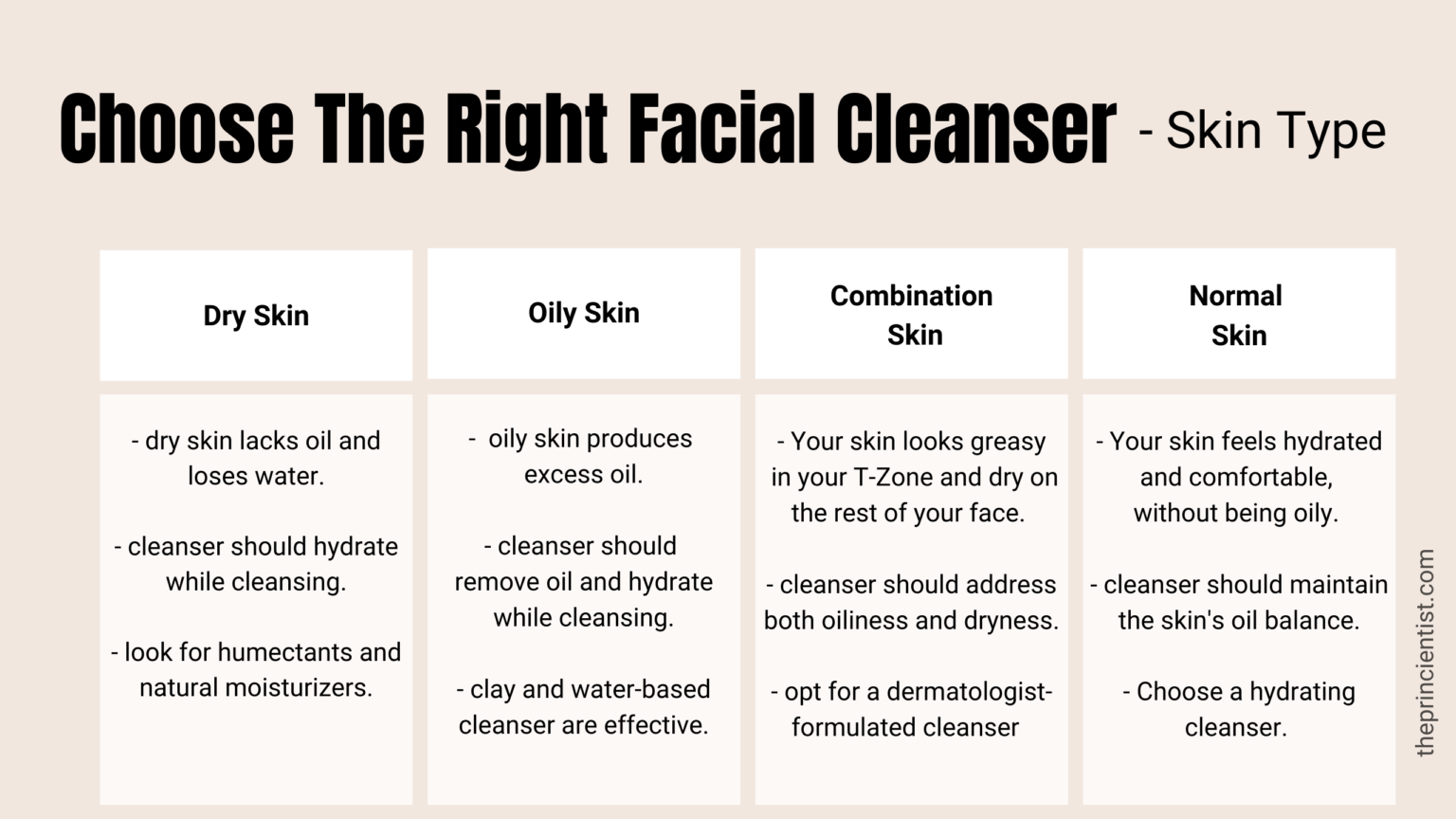
How to cleanse your face? Step-by-step
If you use a water or clay-based cleanser:
- Remove your makeup first.
- Wet your face with water. Don’t apply cleanser on dry skin.
- Dilute the cleanser first and don’t apply it directly onto the skin. Mix the gentle cleanser with water in your hands.
- Use your fingertips or a soft cotton ball to gently massage all over the face in a circular motion. Don’t rub or scrub your face. How long depends on your skin type, but a minimum of 30 seconds is required.
- Rinse with lukewarm water. Not too hot as the heat sucks moisture from your skin. Splash generous amounts of water into your face several times to completely remove oil, dirt, and impurities.
- Gently pat dry. Don’t rub.
Your cleansing routine should include your ears, neck, chest and hairline.
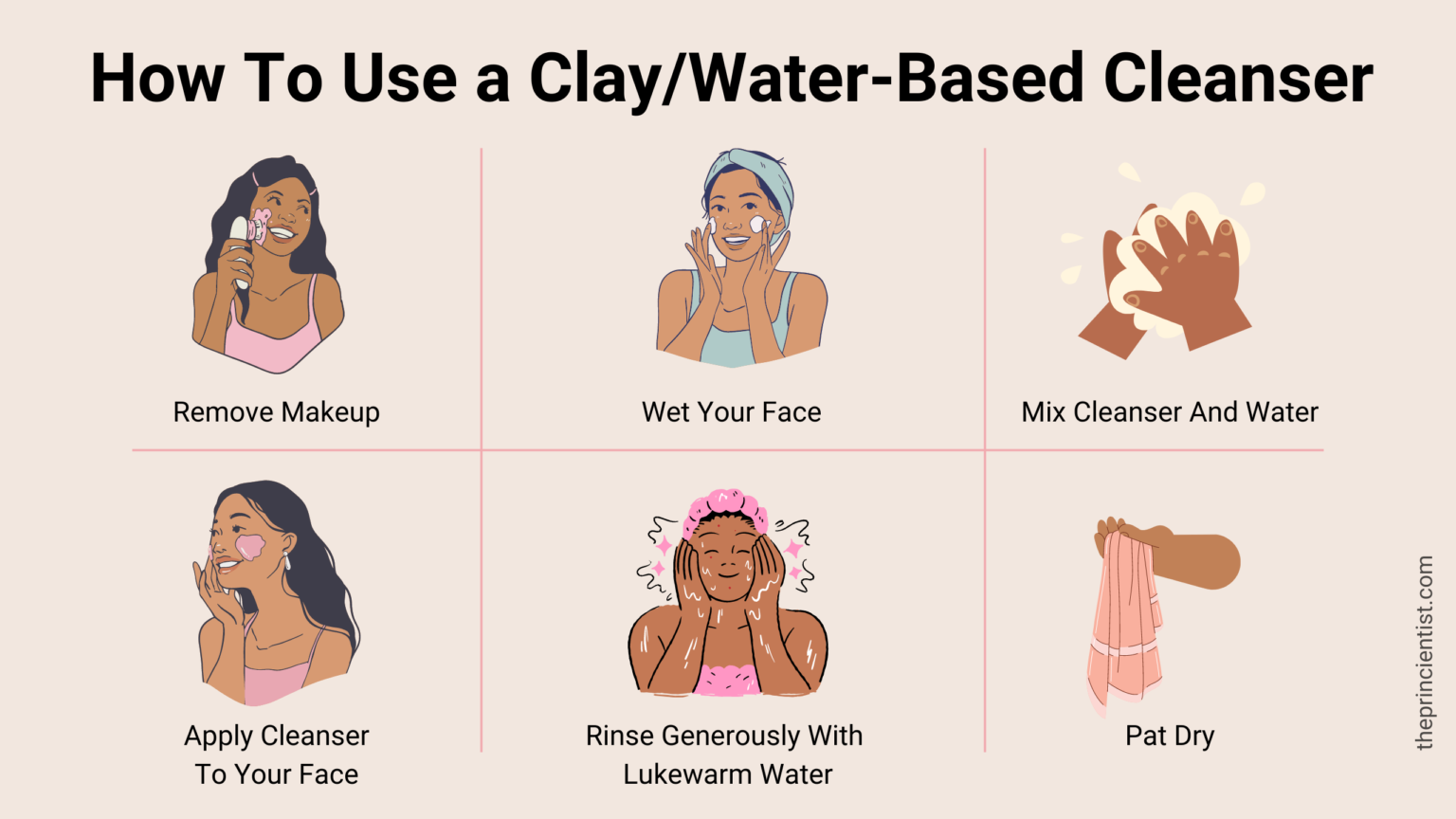
If you use an oil-based cleanser:
- Massage several drops of oil into your dry skin. You don’t have to remove your makeup beforehand.
- Use your fingertips or a soft cotton ball to gently massage all over the face in a circular motion. Don’t rub or scrub your face. How long depends on your skin type, but a minimum of 30 seconds is required.
- Splash lukewarm water onto the skin and continue to massage it into a mixture.
- When you see a milky texture rinse abundantly with lukewarm water. Not too hot as the heat sucks moisture from your skin.
- Splash generous amounts of water into your face several times to completely remove oil, dirt, and impurities. Alternatively, you can use a warm washcloth to wipe the oil off your face. Do it gently and avoid pressing it or rubbing your face.
- Gently pat dry. Don’t rub.
Your cleansing routine should include your ears, neck, chest and hairline.
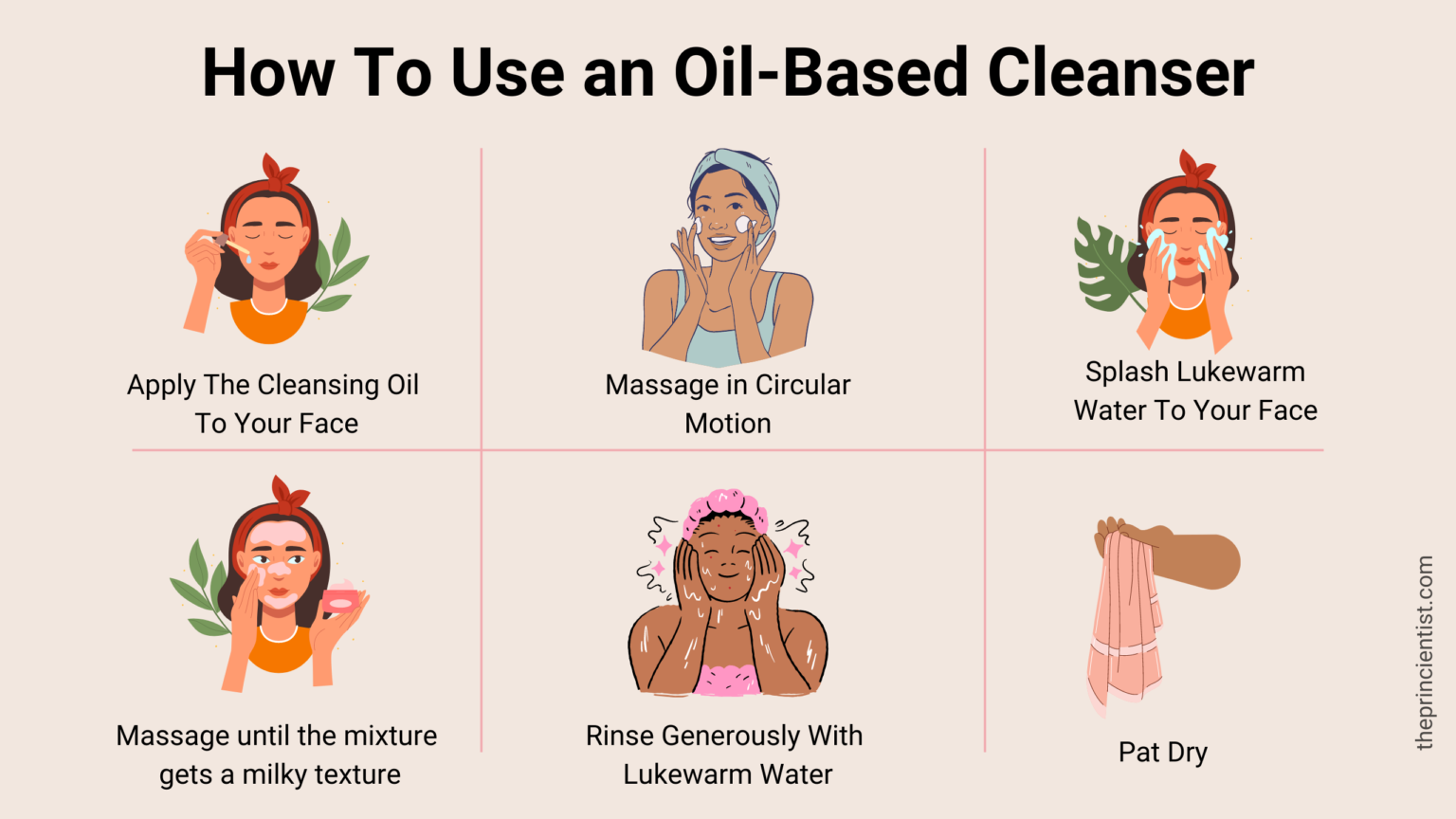
To simplify, you can divide your cleansing routine like this:
- Morning: gently cleanse to remove sweat from when you were sleeping.
- Throughout the day: You should always wash your face after sweating. Because sweat can clog pores and make acne worse.
- Night-time: Your skin has been exposed to a full day of damage, so you should focus on a more rigorous cleansing. Before bed, remove your makeup and wash your face with a cleanser to remove dirt and oil.
What to do after cleansing?
It’s great that now you have a clear understanding of what is a facial skin cleanser and how to use it.
But cleansing is only the first step in a skincare routine.
For skincare beginners, this 3 step skincare routine covers the essential steps you need for clean, healthy skin.
In this case, the next step is to use an exfoliator.
If you already have an established skincare routine that is working, the next step is to apply a toner.
I leave you both articles below to help you.
The complete guide to facial exfoliators. What is an exfoliator, types of exfoliators and how to choose the best one for your skin type.
What is a toner, types of toners and how to choose the best one for your skin type.
Disclaimer: This article is informational only. This article does not provide medical advice, diagnosis, or treatment. Any information published on this website or by this brand is not intended as a substitute for medical advice, and you should not take any action before consulting with a healthcare professional. If you have questions or concerns about caring for your skin, you should make an appointment to see a board-certified dermatologist.
You Might Be Interested In
Skincare Products Made Easy – Article Series
Skincare is the care and keeping of the largest organ in your body — your skin! The etymological definition – Skin + Care stands for “caring for your skin”.
This article will help you understand the value of caring for your complexion and present six reasons why skincare is essential for everyone.
The steps for healthy skin are easy to implement. The three basic steps of a skin-care routine are Cleansing, Moisturizing and Protecting.
